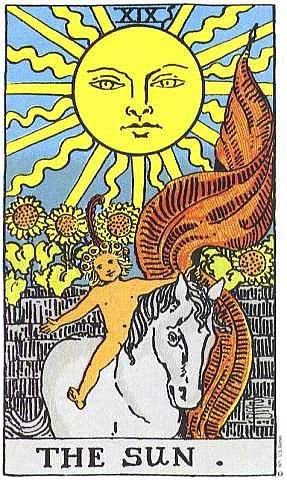ISLANDS
- chapter index -
pg. 1 - Islands | pg. 2 - Sagittarius | pg. 3 - Formentera Lady
pg. 4 - A Dragon Fig Tree's Fan | pg. 5 - The Sun | pg. 6 - Tanit
pg. 7 - The Crystal Cabinet | pg. 8 - Sailor's Tale | pg. 9 - Seizing the Ox
pg. 10 - The Letters
page index
The Sun
site index
Translate from
"Lamplight glows on old guitars the travellers strum;"
"Lamplight" as a mystical phrase associated with the experience of being filled with light ...passed into Islam as the 35th verse of the 24th sura of the Koran, becoming over time the focus of many Sufi sects."
- The Path of Ra
by Vincent Bridges
"Originally, Sufis were known as "wayfarers" or "travellers on the mystical path."
- An Interview with Llewelyn Vaughan-Lee
Sufis distinguish between eight types of "travellers".
- Glossary of Sufi Terminology
"Sufis see themselves to be on a spiritual journey toward God."
- Sufism's Many Paths
by Dr. Alan Godlas
"Incense children dance to an Indian drum."
"As a rule in the presence of dervishes a wood fire and incense burn continually."
- The Unity of Religious Ideals
by Hazrat Inayat Khan
"Incense, what does your perfume signify? --My perfume is the evidence of my self-sacrifice. Incense, tell me what mortal is veiled in your nature? --When my heart endures the test of fire, my hidden quality becomes manifest."
- Quotations from The Five Stages
by Hazrat Inayat Kahn
"Spiritual dance, popularly known as 'Sufi' dancing, is the earmark of Sufism."
- Religious Requirements and Practices
"The dancers swirl gracefully around each other, their melody mingling with the guitars, flutes and drums in the center of the circle. This is Sufi Dancing."
- Sufi Dancing
by Mark Seigchrist
"The North Indian drums know as the tabla were said to have been invented in the 13th century by Amir Khusrau, a disciple of the Sufi saint Hazrat Nizemuddin Aluya."
- Tabla Beat Science
"A two-headed barrel-shaped drum known as the pakhawaj may have been the original model for the tabla. Legend has it that the Sufi musician Amir Khusrau cut his pakhawaj in half to make the two-drum set known as tabla."
- An Introduction to Tabla
by Niraj Sharma
The "old guitars" the "Indian drum" and the "children" suggest that he is aware of the archetypal nature of his (our) situation. We are all "travellers" who have lost ourselves at the "caravan hotel".
"Time and again great souls come into the world to remind us of our true Home. They tell us with clarion call that this world is not our natural habitat. We are here just for a brief span as travellers in a caravanserai and must therefore prepare to quit, and sooner we do it, the better it would be."
- Mystery of Death
by Kirpal Singh
"Come, come whoever you are, This caravan is not of despair.
Even though you have broken your vow,
Perhaps ten thousand times. Come!"
~Jelaluddin Rumi~

 In the sequence of tarot trumps, the Sun triumphs over the Moon...,"
In the sequence of tarot trumps, the Sun triumphs over the Moon...,"






















 Arachnophilia
Arachnophilia